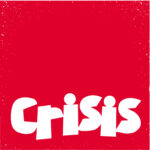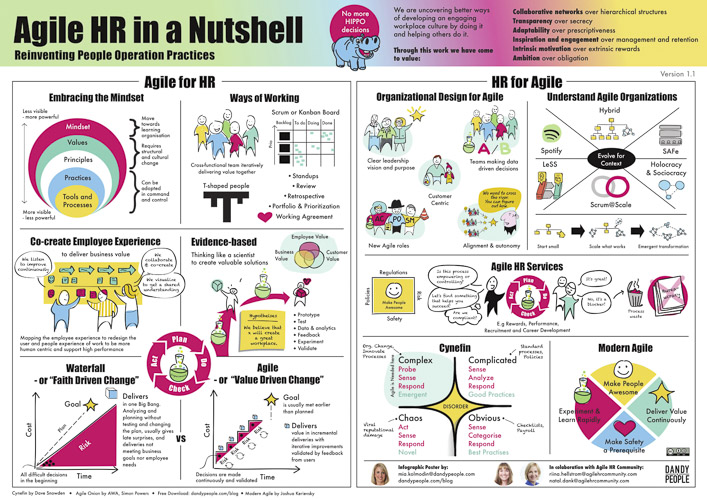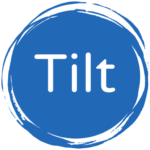Agile principles transforming charity HR.
So how are agile principles transforming the impact of charity HR teams?
In July 2021 a small group of charity HR leaders got together to discuss how they were embedding agile ways of working within their HR teams. The leaders shared how it was creating significant positive impact for their teams, employees and the organisation as a whole.
In the room we had:
Agile ways of working was helping these HR teams to:
Deliver their mission more effectively
By thinking of the HR as a team that deliver a service (an exceptional employee experience) to customers (the charity’s employees).
Uncover quicker, cheaper improvements that deliver more impact
For example, Mencap found that making the small change of moving the ‘wellbeing’ button to the intranet homepage had an equally positive impact on employees feeling supported around their mental health compared to jumping to the initial ‘large solution’ of running mental health first aid training.
Improve how the HR team work with each other
By focusing on outcomes over outputs, building empowered networks and working transparently.
Unlock innovation in situations where there is heavy regulation
By, among other things, enabling more creativity by focusing on what is most useful to the users first and looking at constraints later.
Give teams more confidence in what they are creating
Because they are testing with users early and throughout, rather than just at the end of a piece of work. For example, Mencap have had great succcess testing prototypes before building full products
Enable small, autonomous teams to deliver projects quickly, then disband
For example, Save the Children have 9 small, cross-functional teams (‘squads’) that have organised themselves to successfully deliver an outcome. This includes a performance and evaluation squad which has created Key Performance Indicators for HR and are now disbanding.
The group had some key pieces of advice
Each team was applying agile ways of working differently, which is exactly as it should be. Some teams were focusing on applying agile principles to how they work together. For example they had created cross functional teams that are delivering through short, iterative cycles. While others were starting by applying agile principles to the work that they do. For example, they view their HR offerings as products or services to deliver value to the charity’s employees (the ‘users’).
- Agile ways of working enable you to achieve your goals more efficiently. Not something you do ‘on top’ of your day job.
- Focus on agile as a mindset, not a process or set of technology tools
- Take a ‘show don’t tell’ approach, especially with leadership
- Give people permission for it to feel slow and clunky at the beginning, and to voice that
- Avoid agile jargon, instead describe what you mean (e.g. ‘short daily meeting’ rather than ‘standup’)
- Agile working requires openness to critical as well as positive feedback. This is an area to keep working on
- Be mindful that employees can feel overwhelmed if they are working in multiple different small cross functional teams
More detail on agile in HR
Read more about how agile principles can be applied both to how HR teams work and also to the work they do by clicking on the image here.
We also like Pia-Maria Thoren’s book ‘Agile People – A radical approach for HR and managers (that leads to motivated employees).’
And Natal Dank and Riina Hellstrom’s ‘Agile HR – Deliver value in a Changing World of Work’.










